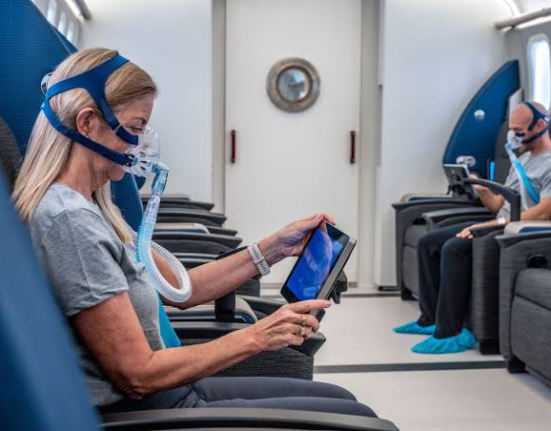Whiplash is a medical condition that results from a sudden, forceful movement or jolt to the head or body. It can be very dangerous and cause serious injuries, including brain damage.
There are several types of Whiplash:
- Rotational Whiplash: This type of Whiplash occurs when the head is violently turned one way or the other.
- Direct Whiplash: This type of Whiplash happens when the head is hit directly by an object or person.
- Compression Whiplash: This type of Whiplash takes place when the neck is tightly compressed in a backward and forward direction.
Diagnosis and Treatment Options for Whiplash
Whiplash is a condition that occurs when your body experiences sudden, severe acceleration or deceleration. It can be caused by a variety of incidents, like a car accident or being thrown to the ground.
The symptoms of whiplash can vary depending on the person and the severity of the injury. However, they usually include pain in the neck, back, and shoulders, as well as headaches and dizziness. If left untreated, whiplash can cause long-term physical and mental health problems.
There are several diagnoses and treatment options for whiplash, but the most common one is surgery. This is typically done to relieve pain and restore mobility in the affected area. However, there are other options available too – like using opioids or wearing a cervical collar for short-term relief. Whichever option you choose, it is important to seek professional help as soon as possible so that you can get started on restoring your health as quickly as possible.

Management And Recovery After Treatment Of Whiplash
Whiplash is a condition that occurs when your neck muscles are overexerted or momentarily stretched. This can cause the ligaments and discs in your neck to be affected, which can result in serious injuries.
When you suffer from whiplash, the best way to manage and recover is by following these steps:
- Rest as much as possible.
- Avoid any physical activity that might cause further neck pain.
- Take ibuprofen or other painkillers as prescribed by your doctor.
- Ice the area regularly for 15 minutes every hour until the pain subsides.
- If you have difficulty sleeping because of the pain, take over-the-counter medication to help you sleep.
- Keep a diary of your symptoms and treatment progress so that you can track your progress over time.
Expectations after whiplash treatment
If you’ve recently been treated for whiplash, there are likely a few things that you’re expecting. Here are a few of the most common ones:
- Relief from the pain and stiffness in the neck, shoulders, and arms.
- Improved mobility and range of motion.
- Lessening or elimination of symptoms like headache, dizziness, nausea, and difficulty sleeping.
- Full recovery from the injuries caused by whiplash.
Conclusion
While there is no ‘cure’ for whiplash, many things can help you recover. These include physical therapy, massage therapy, and pain-relieving exercises. Your doctor might also suggest medications to manage pain and stiffness. If your neck and back pain continues, or you have trouble performing day-to-day activities, physical therapy may be a good option. Everyone heals at different rates. Be patient with yourself and give your body time to adjust to life after whiplash treatment.






